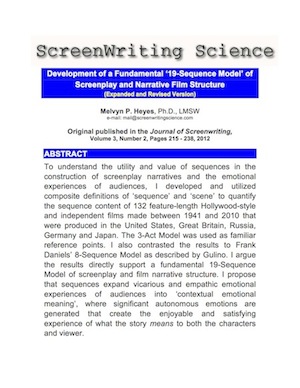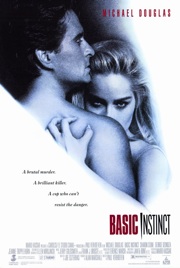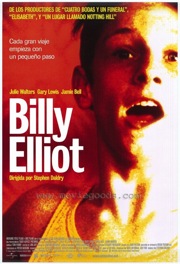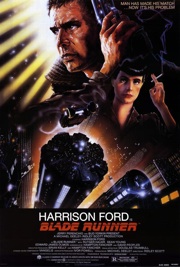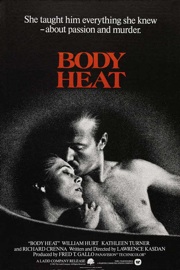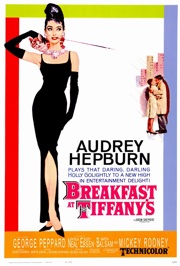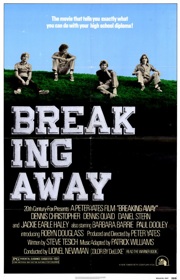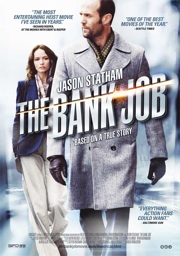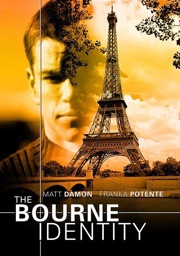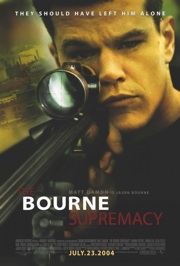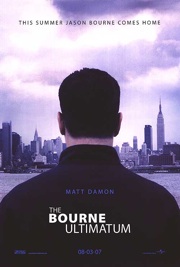B
Products
Journal of Screenwriting, Volume 3, Issue 2, pages 215-232 (2012): 'Development of a fundamental '19-Sequence Model- of screenplay and narrative film structure'.
(hide)A circle-of-life and coming-of-age sequence structure filled with all of life's experiences. Appropriate for audiences at all stages of life. Plot points are the events associated with life's turning points.
(hide)A superbly constructed mystery, with every danger in plain sight. Clues are presented and developed at a perfect pace. Excellent forshadowing.
(hide)Billy Elliot is a lesson in how to superimpose a primary conflict (Billy's determination to participate in ballet against his family's and society's prejudice) in the context of a broader conflict (miner's strike in Margaret Thatcher's Britain).
(hide)Screenplay Sequence Scene Structure of Blackboard Jungle according to the 19-Sequence Model.
A wonderful example of a pursuer becomes the pursued structure with layers of depth and symbolism.
An ideal character study structure within a love story. Note how individual scenes are created by the specific plot points.
This screenplay uses short vignette Sequences to subtly advance the story.
The Bank Job is based on real events and models a complex storyline with multiple characters. Note how each Scene sets-up or foreshadows a specific plot point.
(hide)The Screenplay Summary captures the 'Pursued-Becomes-the-Pursuer' structure - with the added dimensions that the protagonist has amnesia and must solve the mystery of why he is being targeted.
(hide)The chase and pursuit structure begins again after Marie is murdered and Bourne is set-up.
Like the two predicessors, The Bourne Ultimatum follows Bourne as he moves from clue to clue as he searches for his identity. There are key similarities to Mission Impossible, Minority Report, Chain Reaction and Three Days of the Condor.
(hide)
Store

Bestsellers

Your cart

ScreenWriting...

Blogs

Authentication


